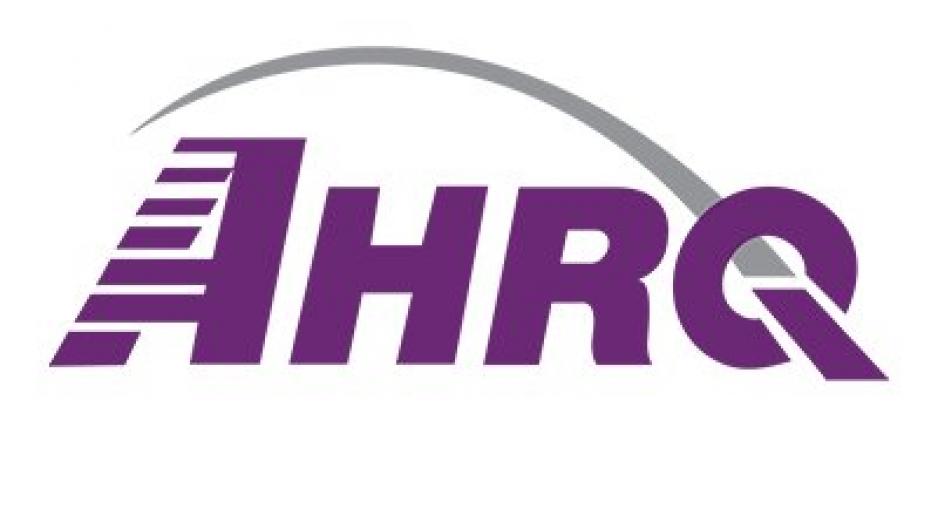Analyses and Geo-Political Descriptions of Disparities
An exploratory study to learn more about the trend of hospitals to self insure and their use of different models for medical malpractice coverage.
QRS conducted an investigation of two different geographically-based methods for assessing potential disparities in the physical, or geographic accessibility of pediatricians in the state of California. Zip code level pediatrician and pediatric population data from the state of California for a full year were analyzed. One method used the concept of circular “floating catchment areas” to generate relative physician accessibility measures that took into account the population demand facing pediatricians within a 20-mile radius of the center of each zip code. A second method assigned a maximum patient capacity to each pediatrician and determined the straight-line distances between zip code populations and the nearest physician with available capacity. Results from both methods indicated possible disparities in geographic accessibility of pediatricians, with potentially lower accessibility of pediatricians for the Hispanic pediatric population, the pediatric population in lower income zip codes, and the pediatric population in certain regions of the state such as the San Joaquin Valley. It was suggested that the two methods should be expanded to include easily obtainable data in order to allow for more detailed analyses and statistical testing of apparent disparities.
















